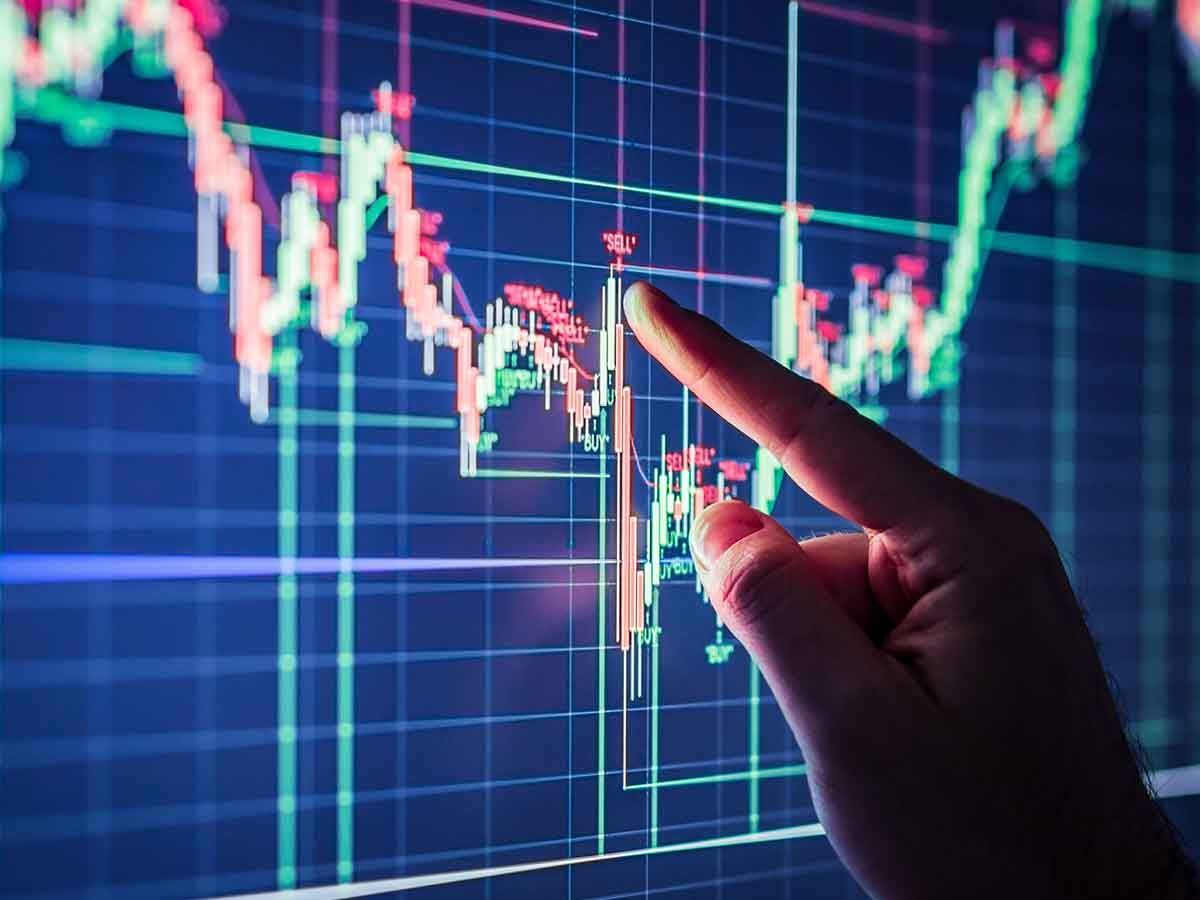
Navigating the Financial Seas: The Art and Science of Trading
Trading, the age-old practice of buying and selling financial instruments, has evolved from the bustling floors of stock exchanges to the digital platforms of the 21st century. Whether it's stocks, cryptocurrencies, commodities, or forex, trading remains an intricate dance of strategy, analysis, and risk management. Let's explore the world of trading, shedding light on its dynamics, the key players involved, and the skills required to navigate the financial seas.
**1. The Essence of Trading:At its core, trading involves the exchange of assets in the pursuit of profit. Traders, ranging from individuals to institutional investors, engage in the buying and selling of financial instruments with the aim of capitalizing on market movements.
**2. Diverse Asset Classes:Trading spans a diverse array of asset classes. Stocks represent ownership in companies, cryptocurrencies operate in the digital realm, commodities include tangible goods like gold and oil, and forex involves the exchange of currencies. Each asset class brings its own set of challenges and opportunities.
**3. Market Analysis:Successful trading hinges on astute market analysis. Traders employ two main types—fundamental and technical analysis. Fundamental analysis delves into the financial health of assets, while technical analysis examines historical price data and chart patterns to predict future movements.
**4. Risk Management:Risk management is the bedrock of trading. Traders use various strategies, such as setting stop-loss orders and diversifying their portfolios, to mitigate risks. The ability to balance risk and reward is a hallmark of seasoned traders.
**5. Day Trading vs. Long-Term Investing:Trading styles vary widely. Day traders execute multiple trades within a single day, capitalizing on short-term price fluctuations. In contrast, long-term investors hold assets for an extended period, focusing on the overall growth potential of their portfolios.
**6. Technological Advancements:The digital age has revolutionized trading. Online platforms, algorithmic trading, and the integration of artificial intelligence have democratized access to financial markets, allowing individuals to trade from the comfort of their homes.
**7. Brokerage Platforms:Brokerage platforms serve as the gateways to financial markets. These platforms provide traders with the tools, data, and interfaces needed to execute trades. The choice of a reliable and user-friendly brokerage is crucial for traders at all levels.
**8. Psychology of Trading:Trading is not only about numbers and charts; it's deeply intertwined with human psychology. Emotions like fear and greed can influence decision-making. Successful traders cultivate emotional discipline and maintain a rational approach to navigate the psychological challenges of trading.
**9. Regulatory Framework:Trading operates within a regulatory framework that varies by jurisdiction. Compliance with regulatory standards ensures fair and transparent markets. Traders need to be aware of and adhere to the rules and regulations governing the financial landscape.
**10. Continuous Learning and Adaptation:The financial markets are dynamic, influenced by global events, economic indicators, and technological advancements. Successful traders embrace a mindset of continuous learning, staying informed about market trends and adapting their strategies to evolving conditions.
Conclusion:Trading is both an art and a science—a delicate balance of analysis, strategy, and discipline. From the iconic Wall Street to the digital platforms of today, the world of trading continues to captivate individuals seeking to navigate the financial seas. As technology and markets evolve, the essence of trading remains rooted in the pursuit of informed decisions, risk management, and the quest for financial success in a complex and interconnected global economy.
